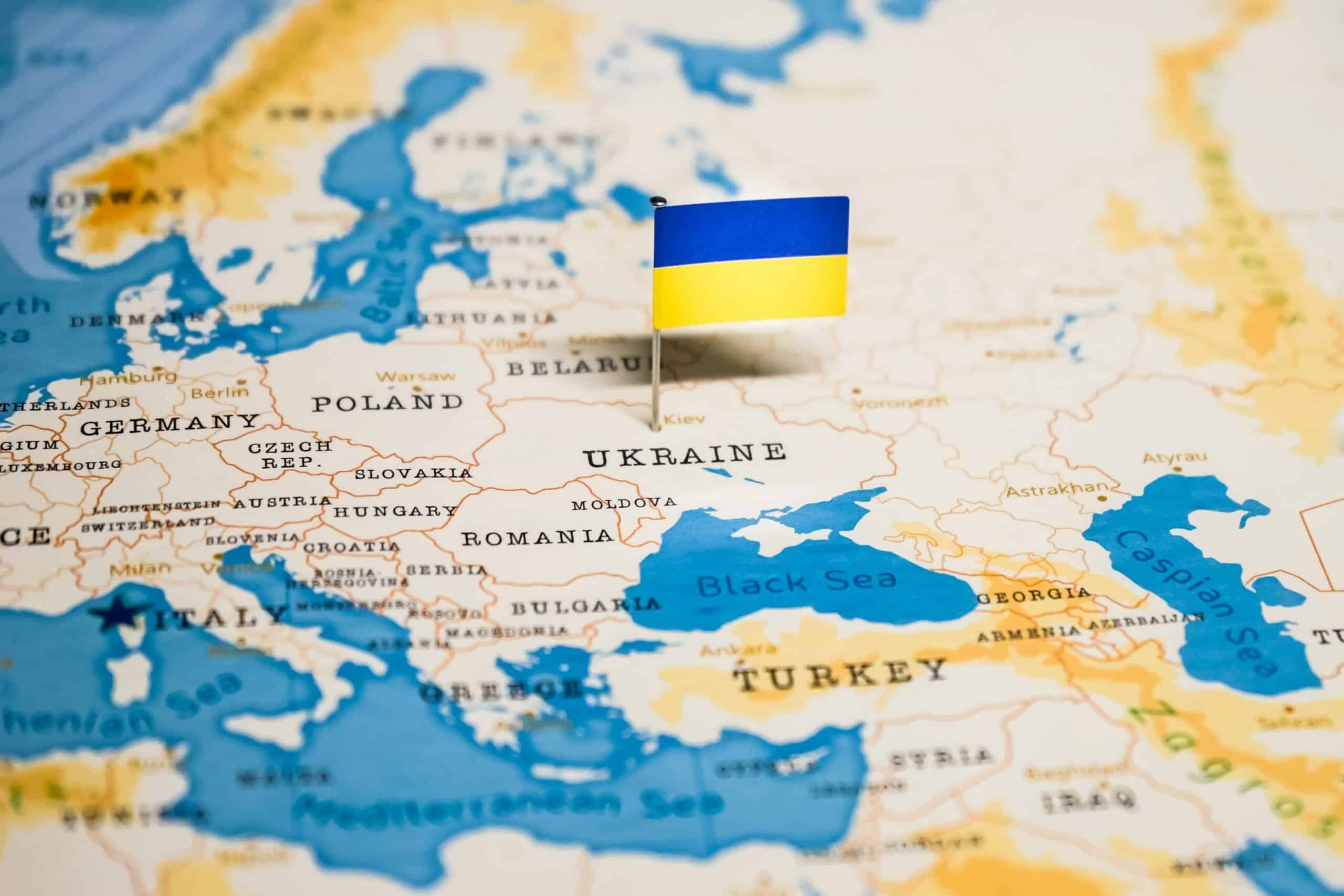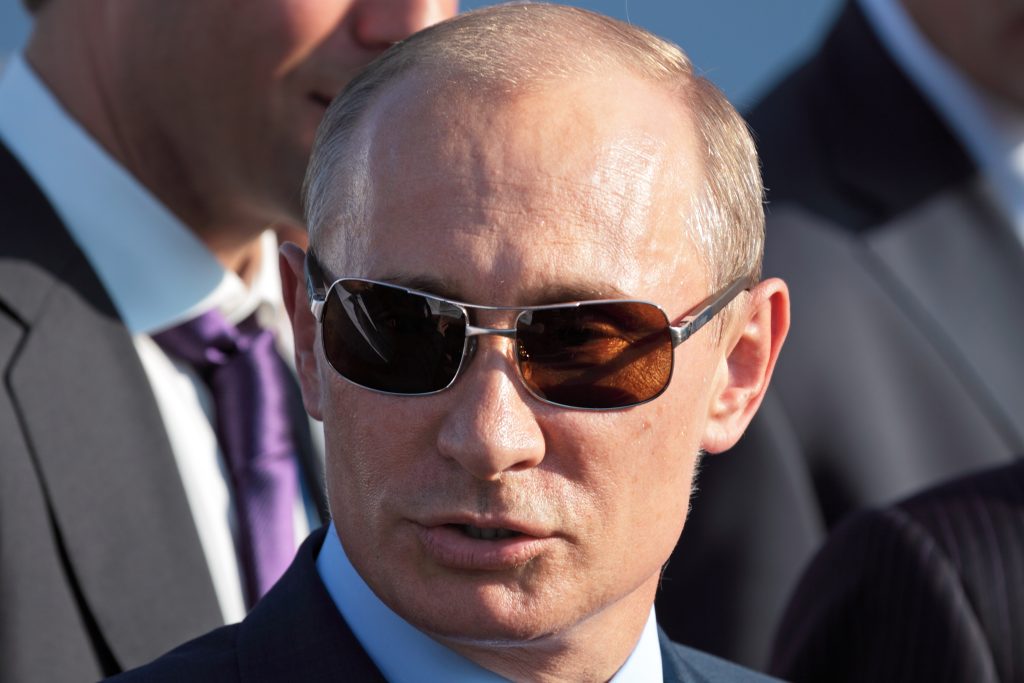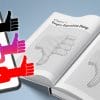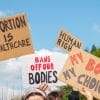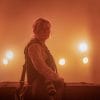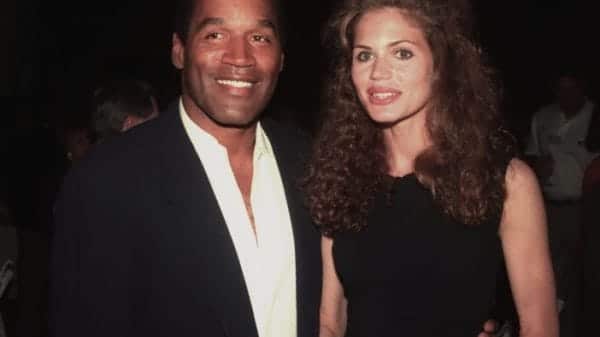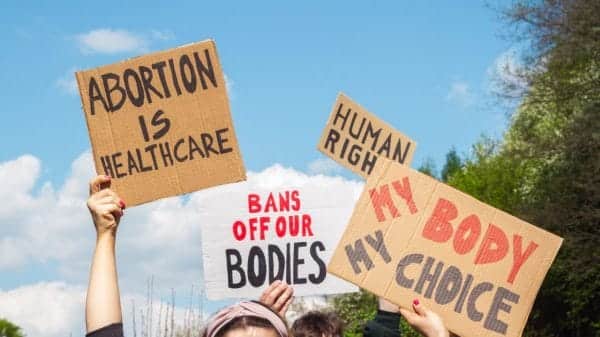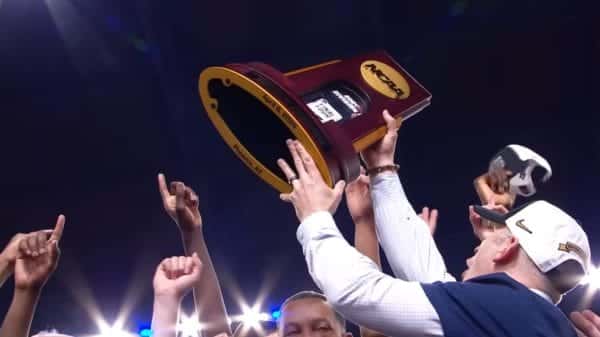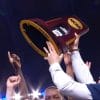On February 24th 2022, the Russian invasion of Ukraine shocked the world and led to international condemnation of Vladimir Putin’s decision to escalate the conflict, which began in 2014.
For the past 6 months, European countries have continued to provide aid to the Ukrainian military resistance, with no clear end in sight to the war. But while Russia’s role as the aggressor is irrefutable, many still lack a clear understanding of the war’s context and what led to its eruption. So who exactly is Putin, and how did he become the leader of the world’s largest country?
A Brief Biography of Putin
Born in Leningrad in 1952, Putin grew up in the USSR during the height of the Cold War. At Leningrad State University, he was required to become a member of the Communist Party of the Soviet Union, which he remained a part of until the USSR collapsed in 1991. During his time at university, he would befriend his tutor, Anatony Sobchak, who would later play a critical role in Putin’s political career. Shortly after graduating, Putin joined the KGB (Komitet Gosudarstvennoy Bezopasnosti or Committee for State Security), working undercover for some time in New Zealand. In 1983, he would marry his wife, Lyudmila Ocheretnaya, and for their honeymoon the two would tour Ukraine and Crimea, a place Putin would later describe as “sacred“. Putin’s love for both countries would help motivate his later attempts to regain Russian control of the two neighbouring lands.
In 1990, Putin would be reunited with his former tutor, Sobchak, who rekindled their friendship and appointed him as one of his advisors. When the Cold War came to an end, Putin quit the KGB with the rank of Lieutenant Colonel, and he would later express his contempt for communism as a political concept. At this time, Sobchak was mayor of Leningrad, and so Putin’s association with him was to be Putin’s first fatal step up the political ladder.
Rise to Power
Between 1994 and 1996, Putin gradually worked his way through the ranks in St. Petersburg until he joined the Presidential staff for the Kremlin in Moscow. By 1998, Putin had become the director of the KGB’s successor, the FSB, and had gained the trust of then president Boris Yeltsin.
In August 1999, Yeltsin appointed Putin as Prime Minister of Russia. At the time, Putin was relatively unknown, and had to establish his position not only to the Russian public, but to other world leaders as well. His opportunity arose only a month later, when three bombs were planted by Chechen terrorists in apartment buildings in Buynaksk, Volgodonsk, and Moscow. A fourth bomb was found and defused a few days later in Ryazan. The bombings were a catalyst for the Second Chechen War between Chechnya and Russia, and gave Putin a chance to prove his capabilities as a leader. Within a year, Russia had secured direct rule over Chechnya, proving a decisive victory and skyrocketing Putin’s approval ratings.
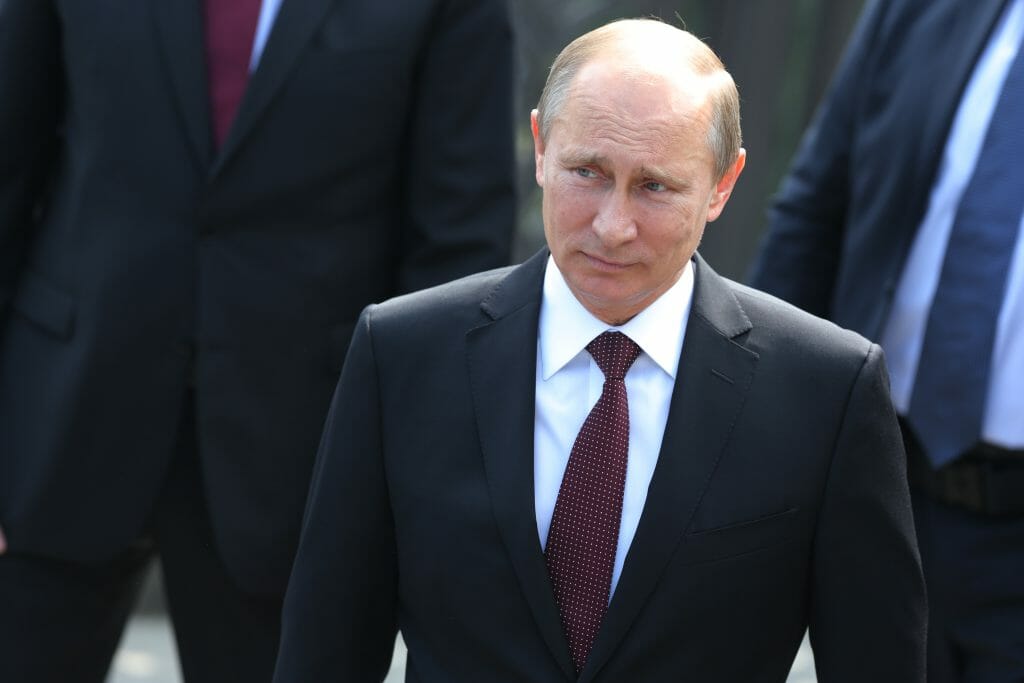
Credit: Sodel Vladyslav / Shutterstock
However, suspicions arose over the true perpetrators of the bombings, as three FSB agents were arrested for planting the bombs in Ryazan, though they were released a few days later. This gave way to rumours that the FSB had orchestrated the bombings as a false flag, providing Putin with an excuse to invade Chechnya and secure his position as Prime Minister. Similar to “Bush did 9/11 as an excuse to invade Iraq for the oil”, except in this case, reporters who investigated the bombings were either arrested or tragically died in freak accidents.
On New Year’s Eve of 1999, Yeltsin unexpectedly resigned, allowing Putin to become Acting President of Russia. Since then, through a series of political manoeuvres, Putin has maintained his political dominance in Russian politics and has remained the leader of the country.
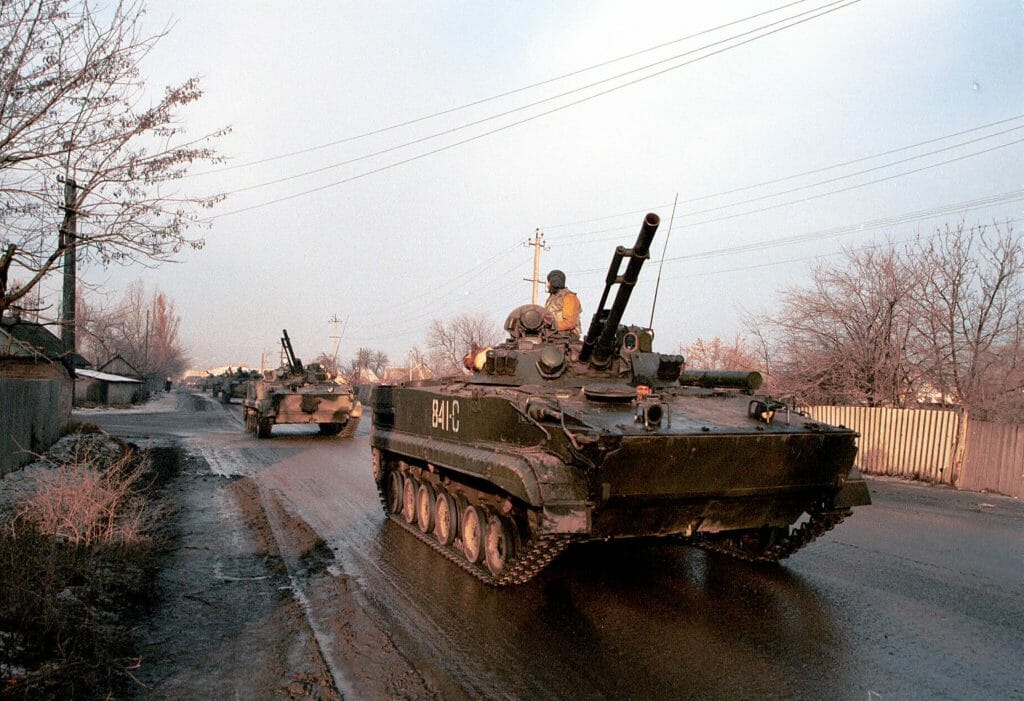
Credit: Northfoto / Shutterstock
Ukraine and Russia in Modern History
During the period of the Russian Empire, which formally took place between 1721 and the Russian Revolution in 1917, both Ukrainians and Belarusians were largely viewed as Malorossiya (“Little Russians”), opposed only by a small group of nationalists. When the Tsar was overthrown by the Communist Party in October 1917, Ukraine soon established its independence from the Russian Republic as the Ukrainian People’s Republic. However, in 1922, both Ukraine and Russia became the first members of what was to become the USSR, and they remained closely allied until 1991. Following the collapse of the Soviet Union, Ukraine declared independence following a referendum in December of the same year. The Ukrainian territory of Crimea remained heavily divided over its autonomy from both Russia and Ukraine, and throughout the 1990s, there remained significant political unrest in the region.
In 2014, following a series of demonstrations against the then-Ukrainian president Viktor Yanukovych, pro-Russian forces took over strategic locations within Crimea. Russia invaded and then annexed the region after a referendum voted overwhelmingly in favour of independence from Ukraine, causing tensions to mount between the two countries for the next several years. In late 2021, Russian forces began mobilising on the border next to Ukraine, escalating tensions to an all-time high. While Russia denied any intent to invade for several months, on February 24th 2022, the Russian military crossed the border and began the invasion of Ukraine, announcing their intention to “demilitarise and de-nazify” the country.
The Current Situation in Ukraine
Currently, Russian forces are attempting to advance from the east of Ukraine. The initial invasion saw a major push from the North but was abandoned in March, allowing for Ukrainian forces to retake areas surrounding Kyiv. So far, Russia has taken several cities along the east and south-east including Luhansk, Donetsk, Mariupol, Melitopol, and Kherson. More than half of the Donbas region has fallen under Russian control, though the western-most territory has maintained a successful defence against the advance.
Western countries have continued to provide Ukrainian forces with firearms and heavy weaponry, such as rocket launchers, howitzers, and an assortment of other artillery. The UK has already sent Ukraine over £2.3 billion in military aid, and several UK-based organisations continue to provide support to Ukrainian refugees. Both Ukraine and Russia have sustained heavy losses, though estimates as to exact figures vary greatly from source to source. Nevertheless, the war between the two countries rages on with no end in sight to the conflict.
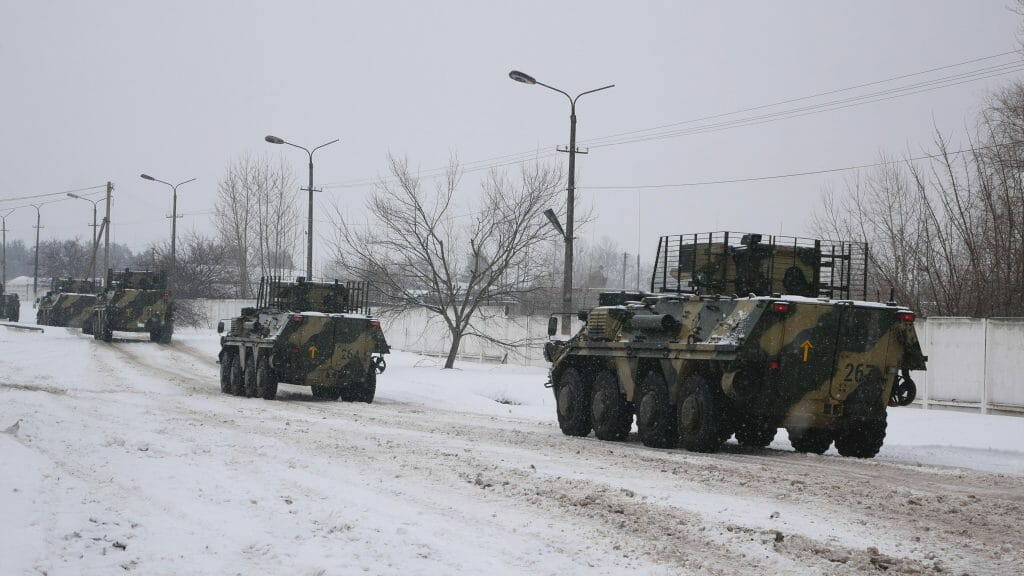
Credit: Seneline / Shutterstock


